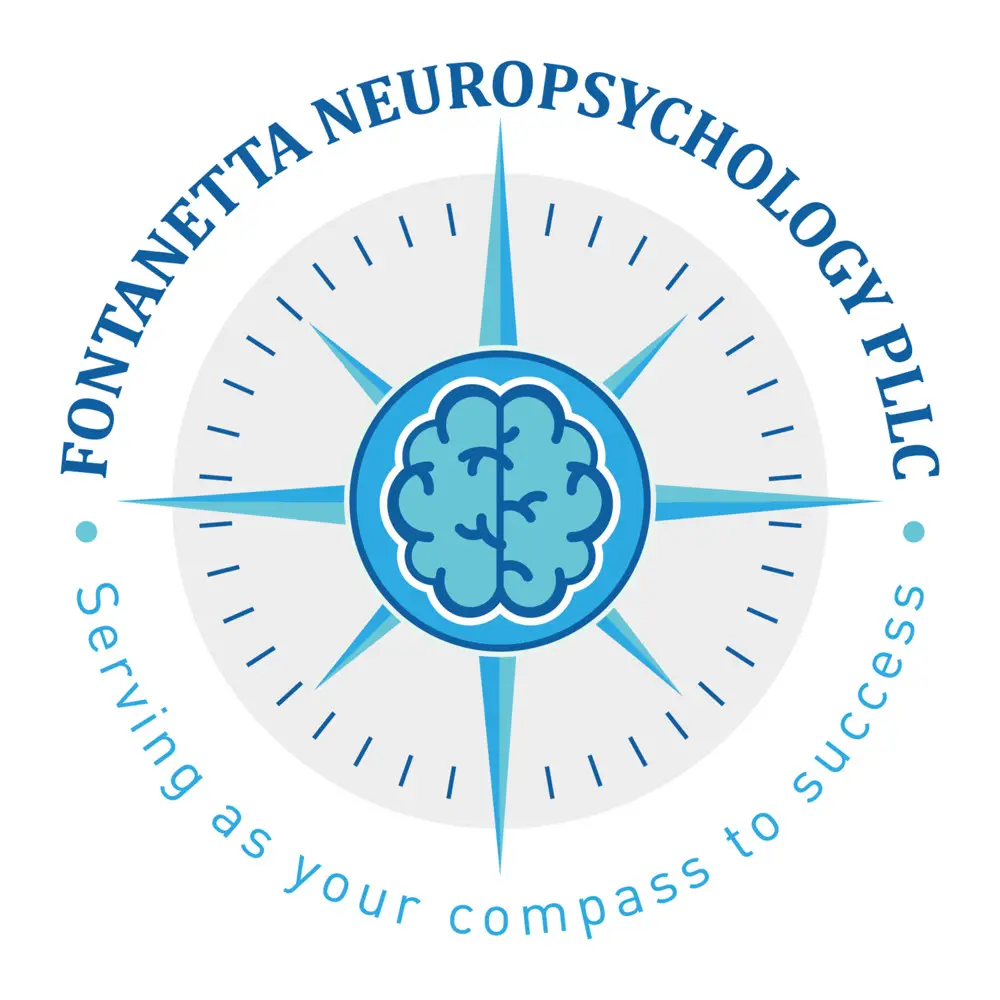6 Common Causes of Chest Pain in Kids and When to Worry
Hanano Watanabe, M.D., M.S., pediatric cardiologist at Children’s Hospital of Brooklyn at Maimonides Medical Center, shares what you need to know about chest pain in kids.
Hanano Watanabe, M.D., M.S., pediatric cardiologist at Children’s Hospital of Brooklyn at Maimonides Medical Center, shares what you need to know about chest pain in kids.

Chelsea, NY We are thrilled to offer both in-person and virtual programming for kids and teens! Your young actors will have opportunities to produce their own wor...

Huntington, NY Welcome to Fontanetta Neuropsychology PLLC, located in Huntington, NY. Our mission is to provide our patients and their families with accurate diagnos...

New York, NY Manhattan Mandarin started with two brothers tutoring Mandarin house-to-house in New York City. Thanks to our amazing students and team of great teac...

Bethpage, NY At The Karate Academy of Bethpage our goal is to provide the most dynamic, age-specific Martial Arts training available. TKA opened Sept 2004 and sinc...